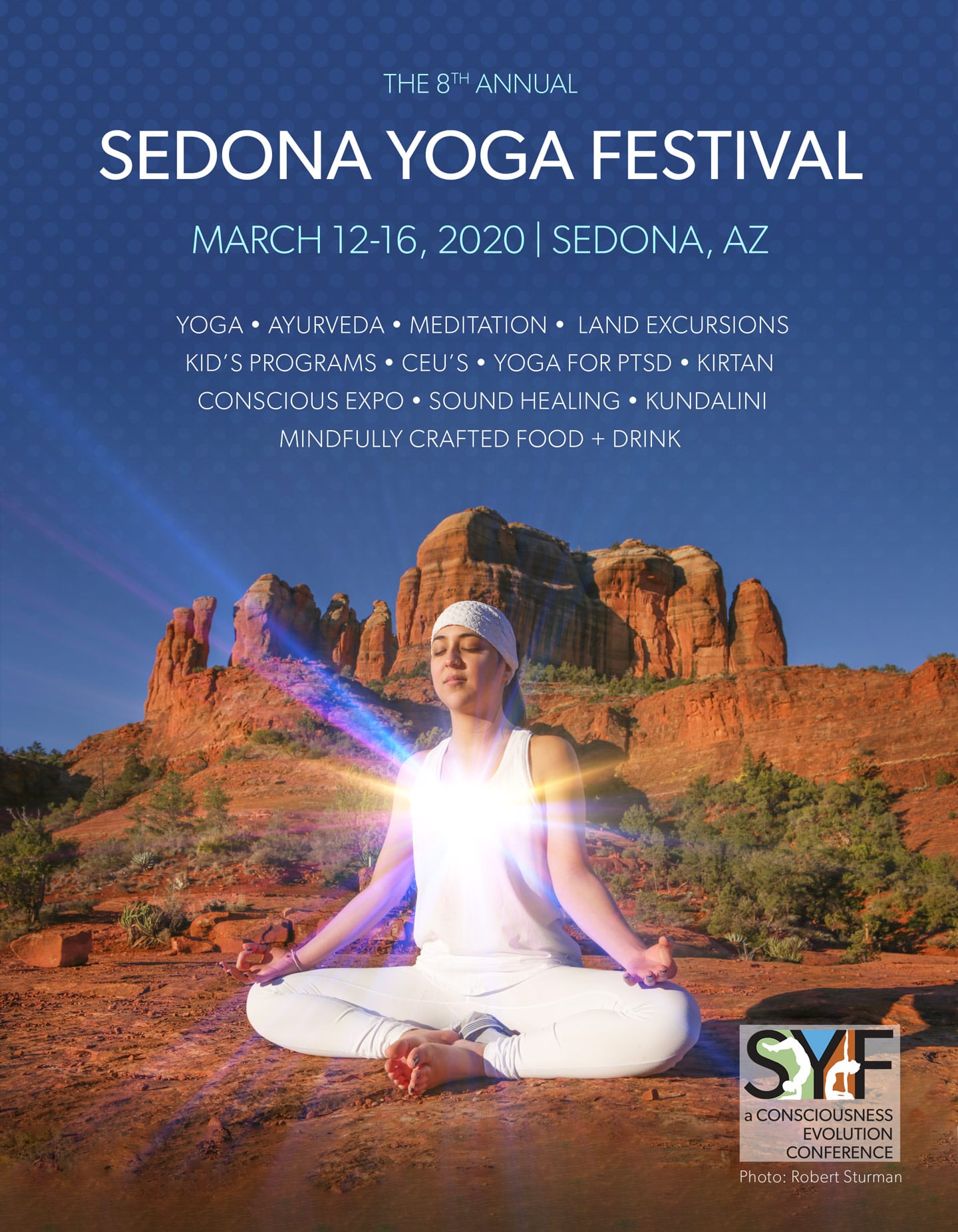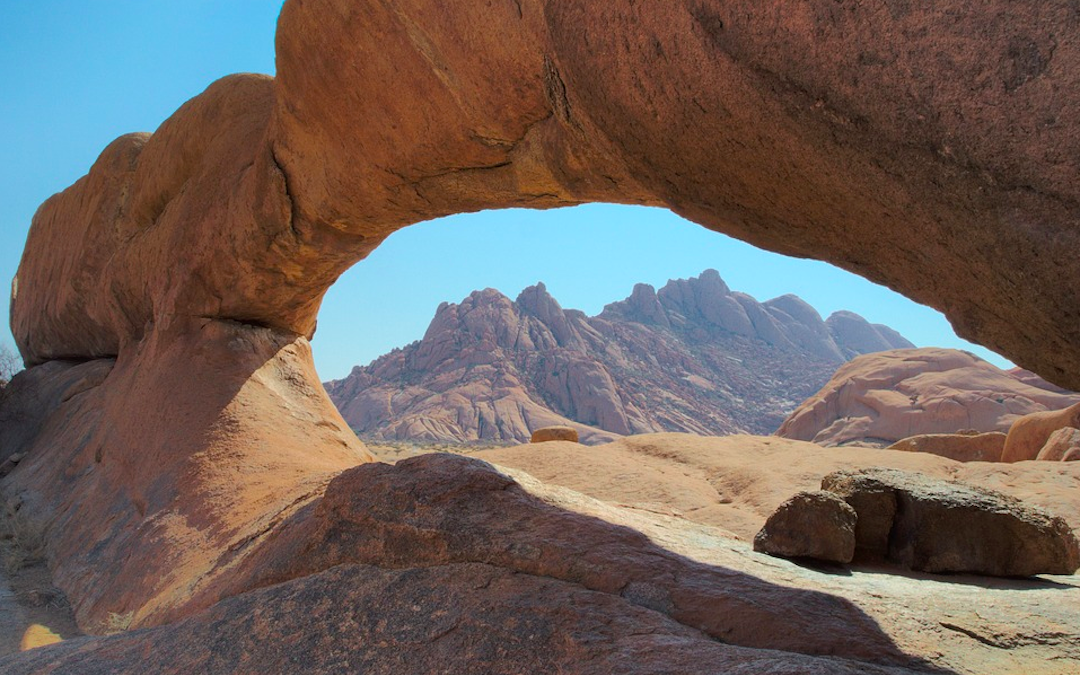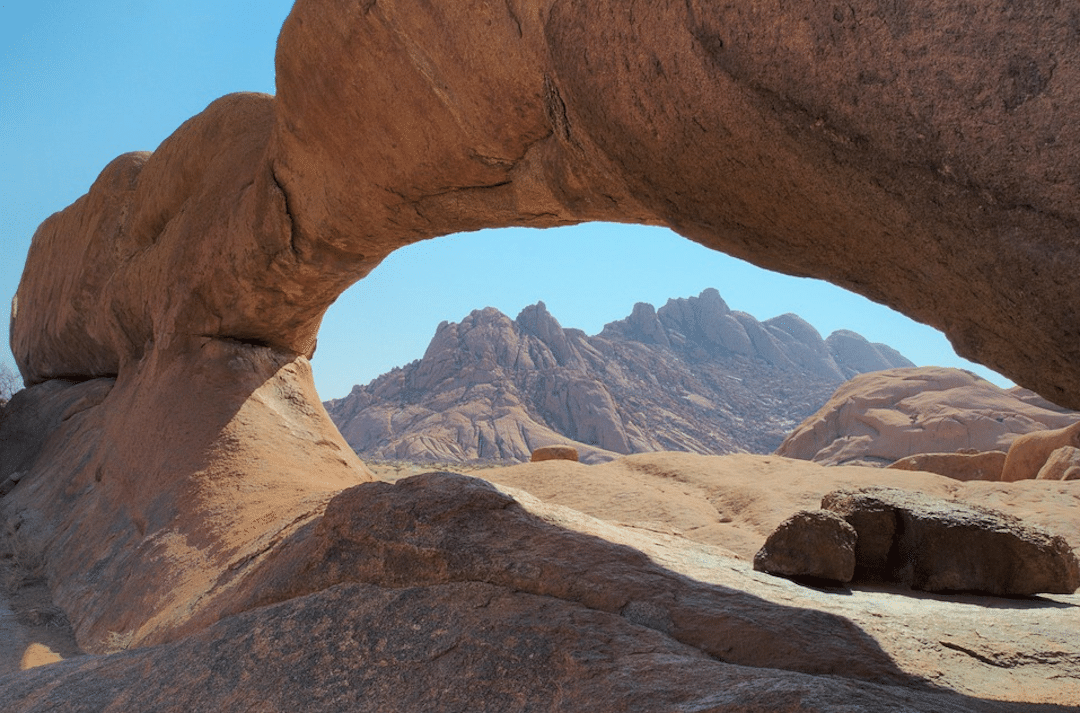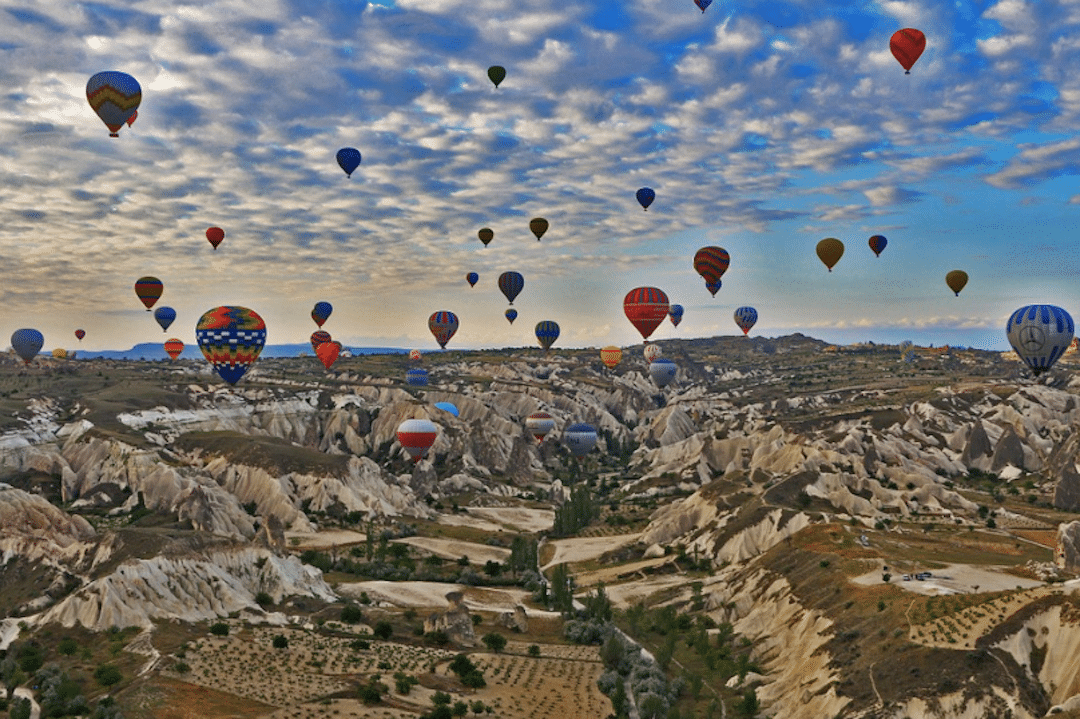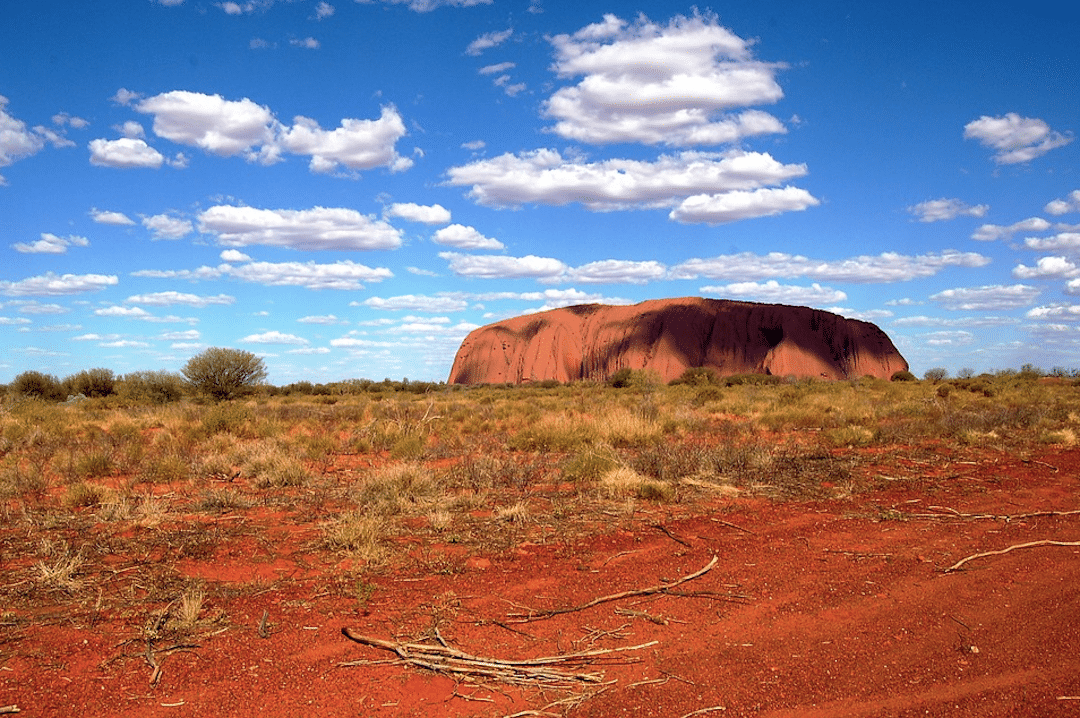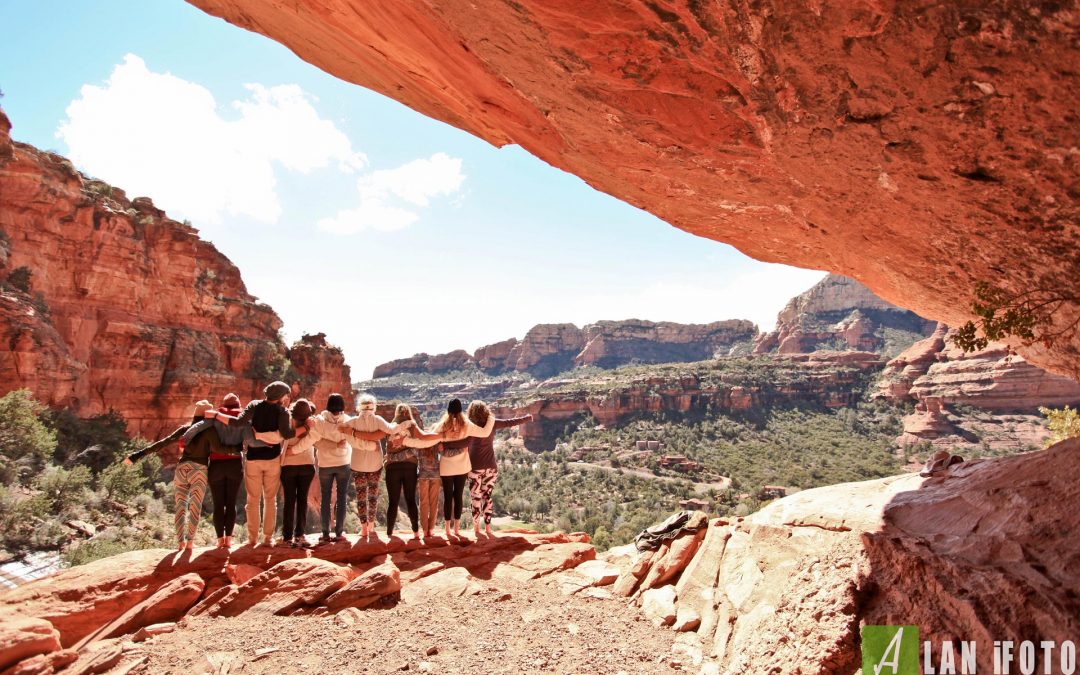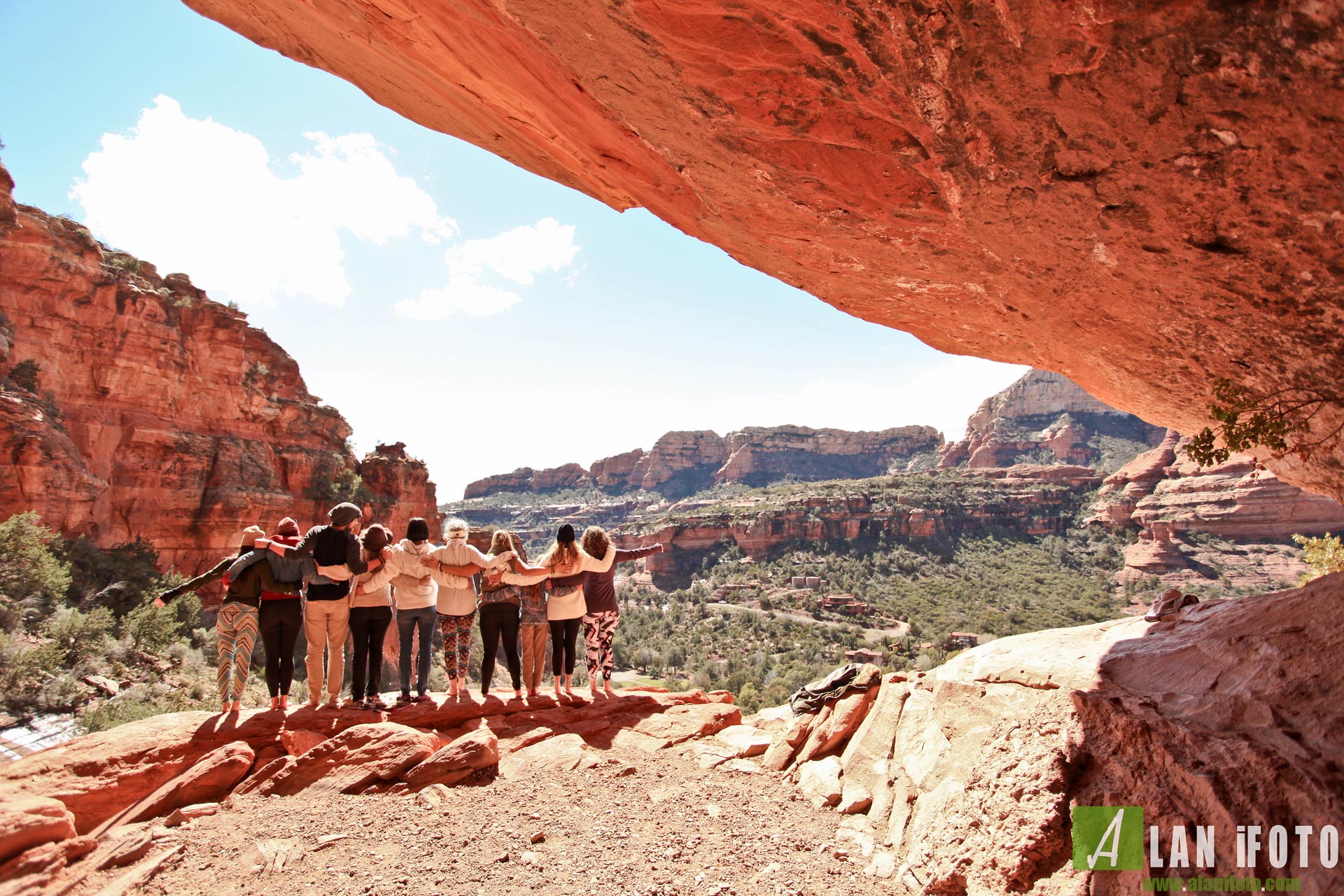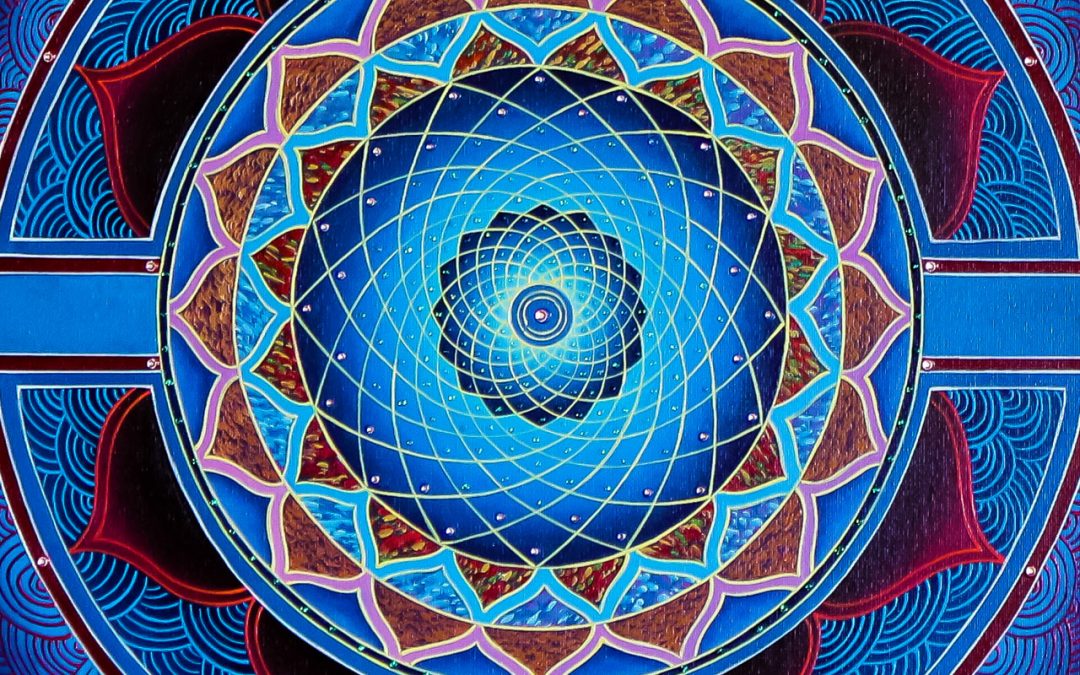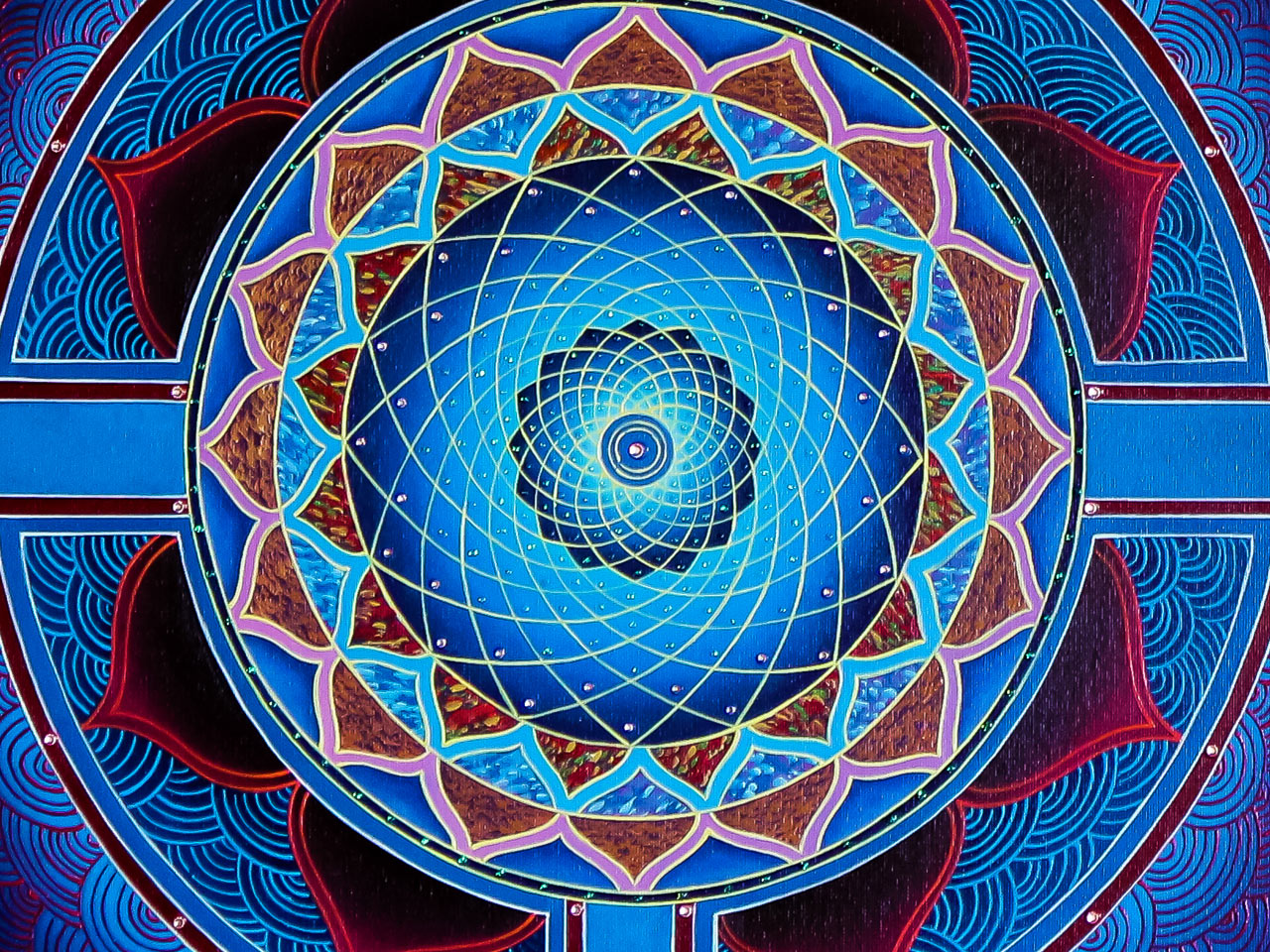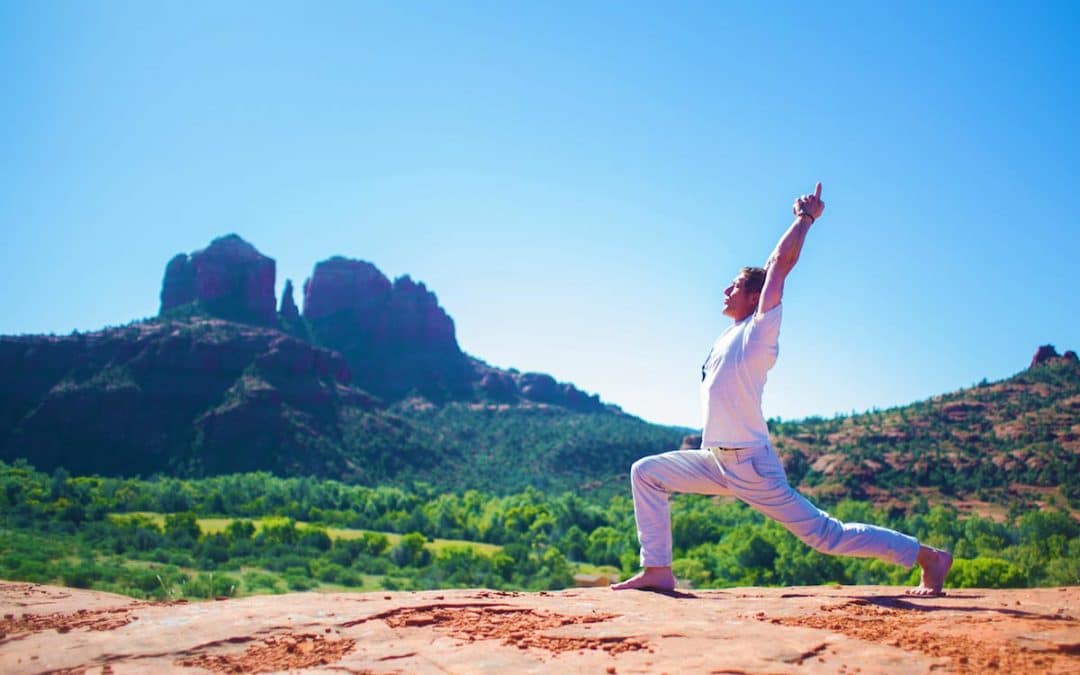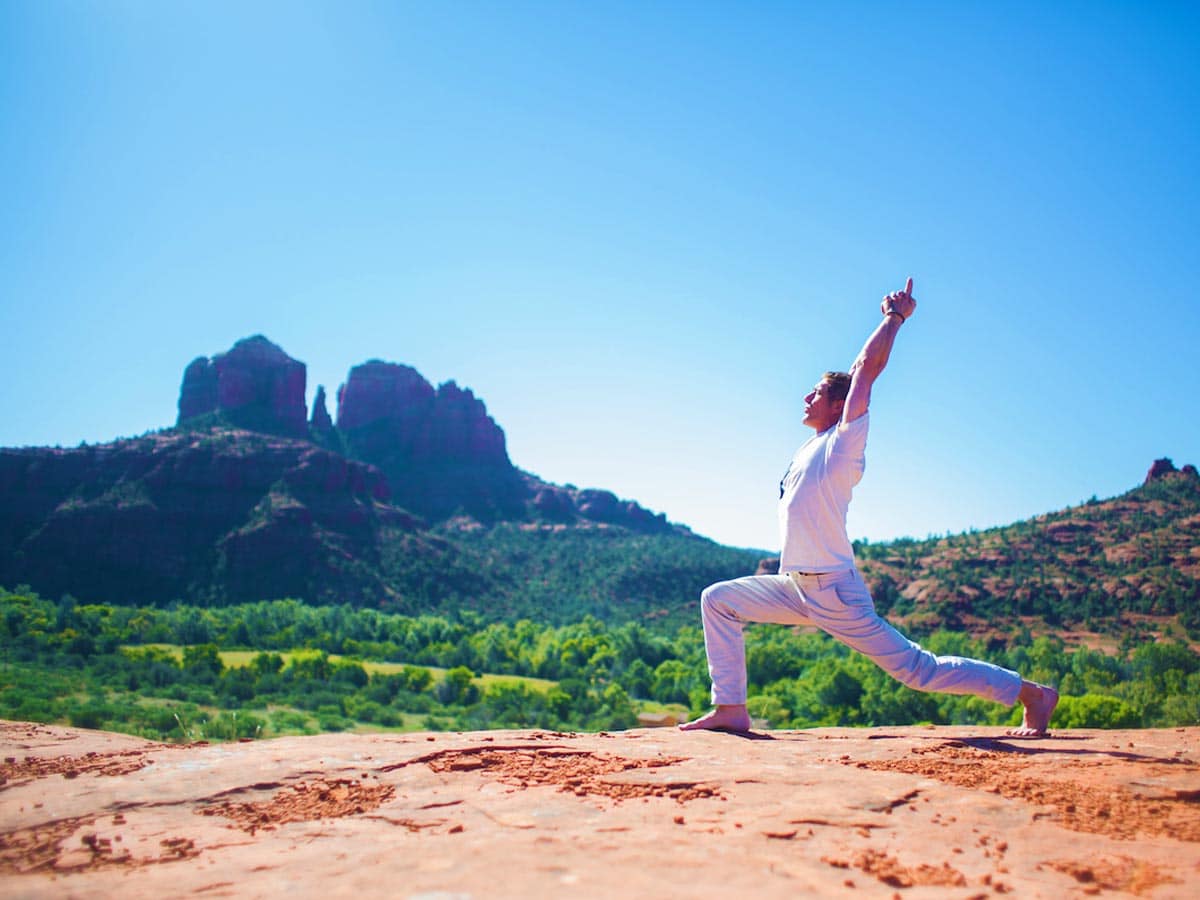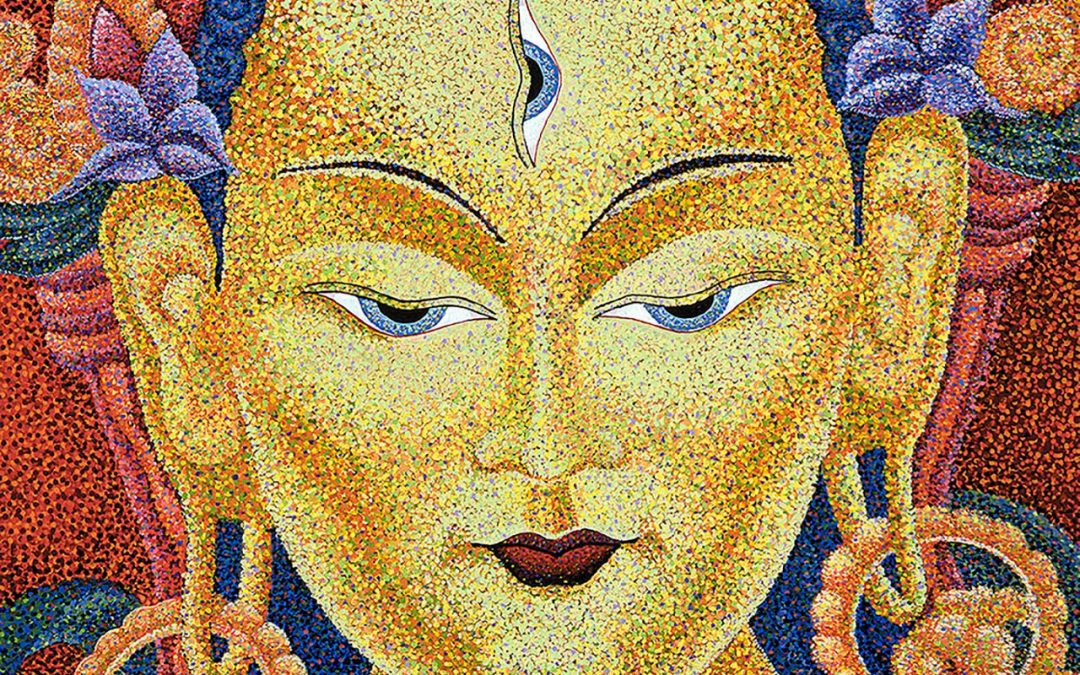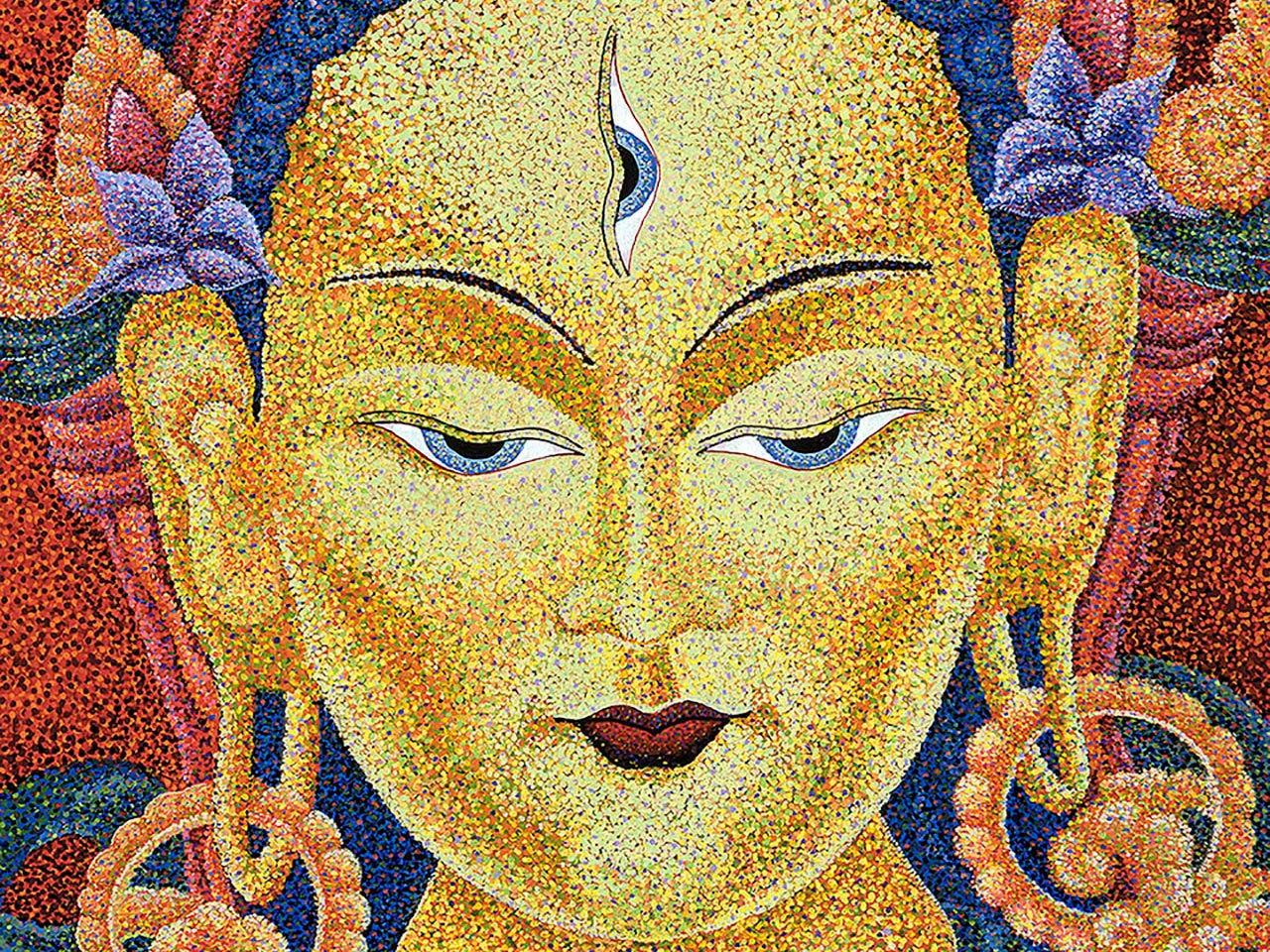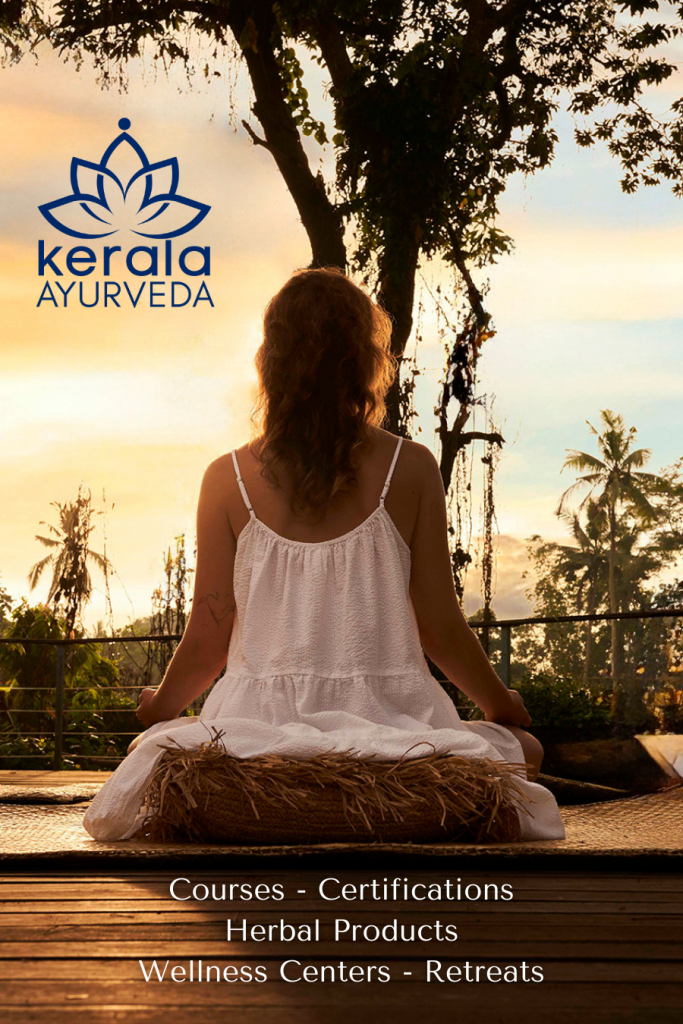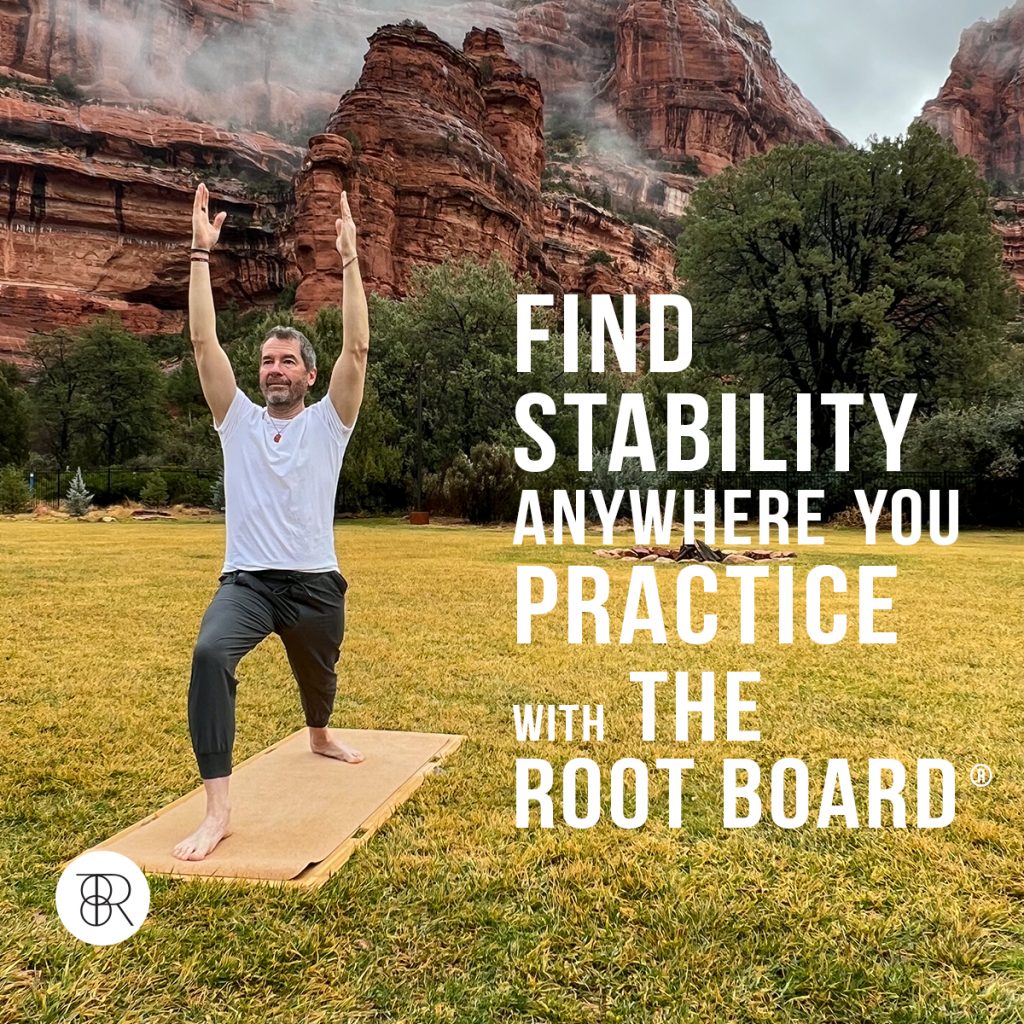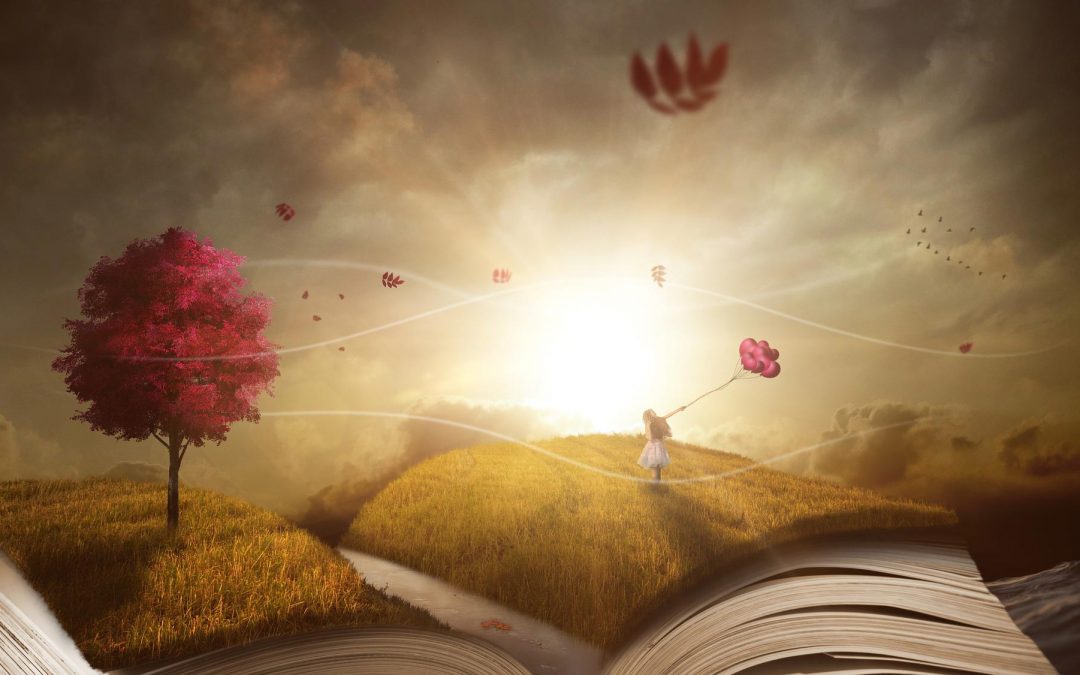
The World Needs You – Your Message Matters
The World Needs You – Your Message Matters
Do you ever tell yourself …
My book doesn’t matter. People have written about this before. What could I possible say that would make a difference?
That, my dear, is stinkin’ thinkin’.
Your. Message. Matters.
I was at a marketing training this month and the topic of having a Big Idea for your marketing (and business) came up. Even with my years of helping people to finally write (and publish!) their books, I couldn’t see my Big Idea. It’s like trying to see your own nose – you just can’t unless you use a mirror.
In talking it through we realized that my Big Idea was the one thing I say to ALL of my clients, prospects, people I meet at events, etc.
Your. Message. Matters.
Here’s the thing: you are the only person on the whole planet who is the unique sum of your experiences, feelings, knowledge, and opinions. All that comes together into your own world-view.
Sure you might catalog and classify your opinions through the lenses of your life like:
- Political party
- Religion (or lack thereof)
- Where you live
- Ethnicity
- Culture
- Gender
Or what you think about marriage, guns, equality, feminism, or the importance of bananas in smoothies.
The point I’m trying to make is that you’re so much than just your labels! There are things you care about – passionately, deeply – that you know you are meant to share with the world.
THIS is your message.
It is the information that only you can share. And it matters.
Your message matters to you (of course!) but more importantly, it matters to the people you’re meant to reach.
Will that be everybody? Of course not! But there are people going through life who need to hear what you have to say – and most of them don’t even know you exist.
So when you keep your message to yourself – using whatever hallucination makes you happy today – who are you really hurting?
When you aren’t sharing the message that can:
- Help someone be healthy
- Change a marriage or relationship
- Help someone know they’re not alone
- Fix a business
- Teach a skill, recipe, or philosophy
- Change someone’s perspective – and change their actions
Then you’re hurting the very person YOU’RE meant to help.
Your message matters to you, it matters to that person, and it matters to me. See, MY message is that I’m a word-person, a story-person, a MESSAGE person. My message is to help you take your message and get it out – to share it, to help it have meaning, to help you touch the lives of others.
YOUR. MESSAGE. MATTERS.
To get started finding yours, register for the session at Sedona Yoga Festival, “Finally Write Your Book: Ditch the Mental Monsters, Uncover Your Message, and FINALLY Write the Life-Changing Book You’re Called to Write”

About Kim Eldredge
Your Story Pathfinder, New Frontier Publisher, Bestselling Book Strategist
Best-Selling Author, Kim Eldredge is Your Story Pathfinder, New Frontier Publisher, and Bestselling Book Strategist. She works with message-driven authors to FINALLY write their books so that they can share their message with the world.
Kim is the founder and CEO of New Frontier Books, a comprehensive solution that takes authors from idea to written book to marking an authentic, business-building Amazon best-seller. (No $0.99 Kindle eBooks here!)
She holds a degree in Creative Writing from the University of Arizona and has written 20 books, including an Amazon #4 bestseller, (out of the top 100 books in any genre.)
Kim lives in Northern Arizona with her husband, Ben, and their son. The family enjoys backpacking, hiking, and camping. She’s a true outdoors girl and loves having adventures – the fuel for her creativity and writing!
Find her at www.NewFrontierBooks.com

